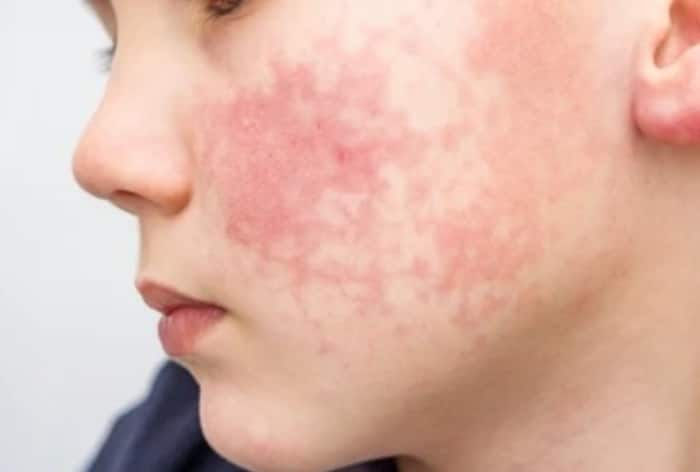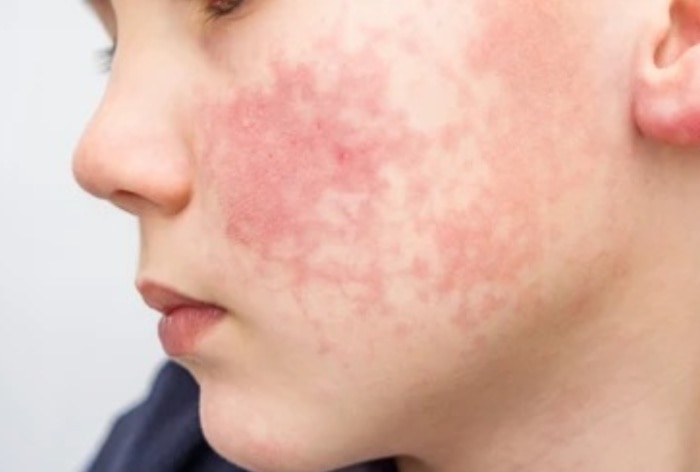Parvovirus infection, commonly known as ‘slapped-cheek disease,’ is a highly contagious and common illness, particularly in those with weakened immune system. Here are signs, symptoms and precautions to manage this seasonal illness.

The US centres for Disease Control And Prevention (CDC) has issued a healthy advisory due to concerning rise in cases of parvovirus B19. According to the CDC, parvovirus B19 is a seasonal respiratory virus that spreads through respiratory droplets from individuals who are either symptomatic or asymptomatic. Continue reading to learn more about this virus.
Photo Gallery: Home Remedies For Fever
What is Parvovirus?
Parvovirus infection, commonly known as ‘slapped-cheek disease,’ is a highly contagious and common illness in kids. ‘Slapped-cheek’ refers to the distinctive facial rash associated with the condition. Also, parvovirus infection is sometimes called the ‘fifth disease’ because it was historically listed as the fifth illness in a series of common childhood diseases that develop a rash or rashes.
Causes And Symptoms
Parvovirus B19 is highly transmissible through respiratory droplets. In fact, 50 per cent of people who are vulnerable are infected after ‘household exposure’, about 20-50 per cent of students got infected through close contact in school. Infact, it can also be transmitted through ‘transfusion of blood components’ and certain ‘plasma derivatives.’
The early signs and symptoms of parvovirus infection are different in children as compared to adults. A child may start experiencing fever, upset stomach, runny nose, headache, distinctive facial rash (bright red, appearing on both cheeks)
While adults, on the other hand, do not usually experience slapped-cheek rashes. Instead, they may develop joint soreness that can last for weeks. Most commonly affected areas of the body are wrists, hands, knees and ankles.
Precautions
As per CDC, here are following precautions that people must consider.
- Learn about the symptoms and severe risk factors associated with parvovirus B19.
- Pregnant women who have been exposed to someone with a confirmed parvovirus B19 infection, should seek medical care immediately.
- Also, individuals with weakened immune systems, such as those with sickle cell disease, thalassemia, should consult a doctor if they show symptoms of parvovirus B19.
- People at higher risk of severe infection should wear masks around others. Once the facial rash is visible, children and adults with this infection are no longer considered contagious.

